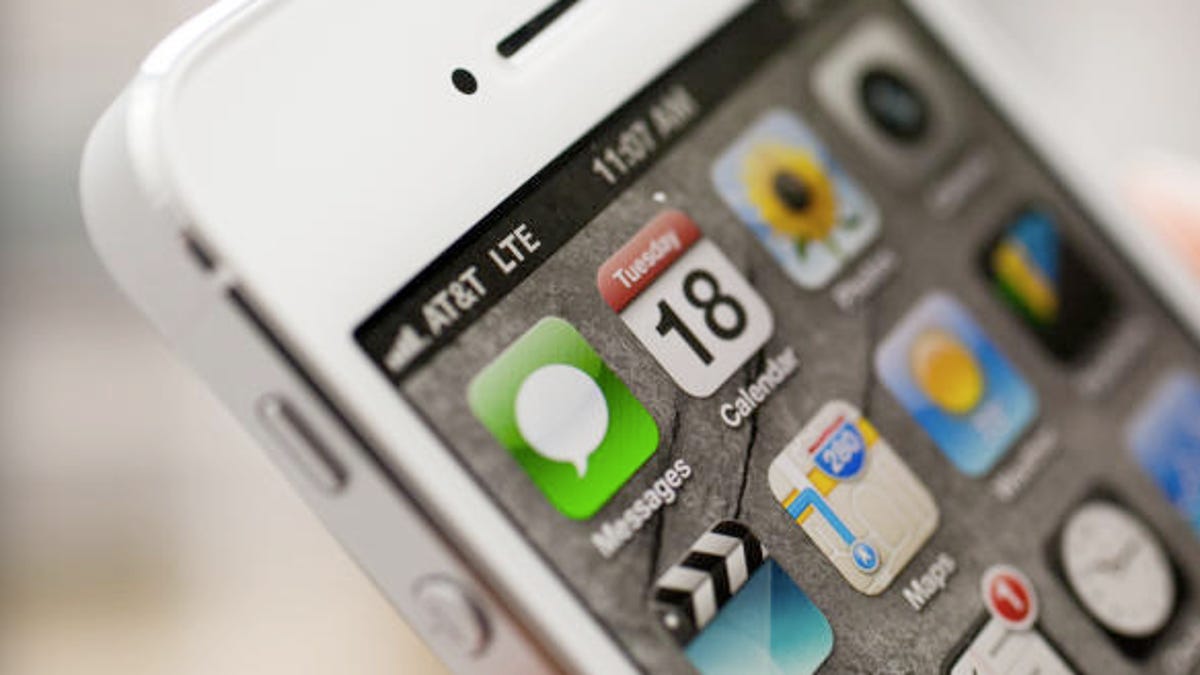iPhone 5, iPad demand may be softening, says analyst
Consumer interest in the iPhone 5 and the iPad may be waning, says Citi analyst Glen Yeung, citing a lower demand for parts.

Are the iPhone and iPad losing some of their steam? At least one analyst thinks so.
Citi analyst Glen Yeung believes that end-user demand for the iPhone 5 and the iPad are declining. In an investors note out today, the analyst pointed to a reduction in component orders from Apple suppliers as the cause for his bearish assessment.
"In conducting our regular field work with the hardware supply chain, we again find evidence of reduced demand to Apple's suppliers for iPhone 5 related components," Yeung said in his note. "While production does not directly translate to sales (for example, we estimate Apple finished 1Q13 (Dec) with [around] 10M iPhone units in inventory), we suspect this is an indication of softer demand for iPhone 5 and iPhone 4S."
As a result, Yeung has lowered his iPhone unit sales estimates for the current quarter to 34 million from 35 million. Wall Street is eyeing around 37 million in sales. Yeung's June quarter estimate remains the same at 25 million, which is below Wall Street's consensus of 32 million.
The analyst does suggest that the reduced supplier orders could be a result of Apple clearing iPhone 5 inventory ahead of the launch of the iPhone 5S. But he only expects around 3 million to 4 million iPhone 5S handsets to be built during the June quarter. So he still sees softening demand as the primary cause for the reduced orders.
What about the much-rumored low-cost iPhone that Apple may unveil this year or next? Yeung doesn't buy into those rumors.
"Despite much speculation amongst investors and third-party research, we find limited evidence of a low-end iPhone at this stage," the analyst said. "As noted above, we continue to expect iPhone 5S to be launched (albeit in early C3Q13 vs. late C2Q13) and anticipate a large-screen iPhone in late 2013/early 2014. But clear indications of a low-end iPhone remain elusive."
The current iPad also is cause for concern. Yeung's research shows some decrease in demand for iPad components. Fourth-quarter sales of the larger tablet fell in key markets, such as the U.S. and Japan.
The analyst believes the iPad Mini is "undoubtedly" cannibalizing sales of its larger cousin. He expects iPad Mini production itself to flatten during the June quarter, though that may the result of new iPad Minis due to arrive in the September quarter. Yeung sees both a Retina Mini 2 and a non-Retina Mini 2 potentially debuting later this year.
For now, the analyst has cut his June quarter iPad sales estimates to 6 million from 6.3 million and his iPad Mini estimates to 13 million from 13.3 million. He also expects the fifth-generation iPad to launch during the same quarter.
Yeung is one of the most bearish Apple analysts on Wall Street. So his dour forecast may be an overreaction to any decline in orders from suppliers.
But Apple has already run into the same concerns from other analysts, one of several factors that has impacted the stock price as of late.
Apple itself has been fuzzy about the alleged component cuts. In January, CEO Tim Cook tried to address and downplay the concerns but didn't confirm whether or not the cuts actually occurred.

